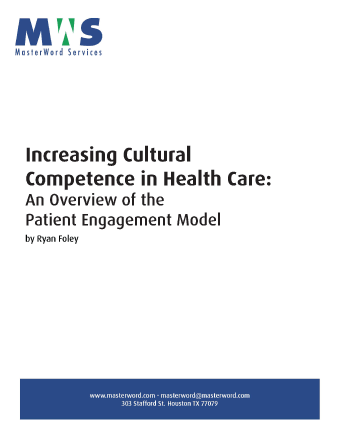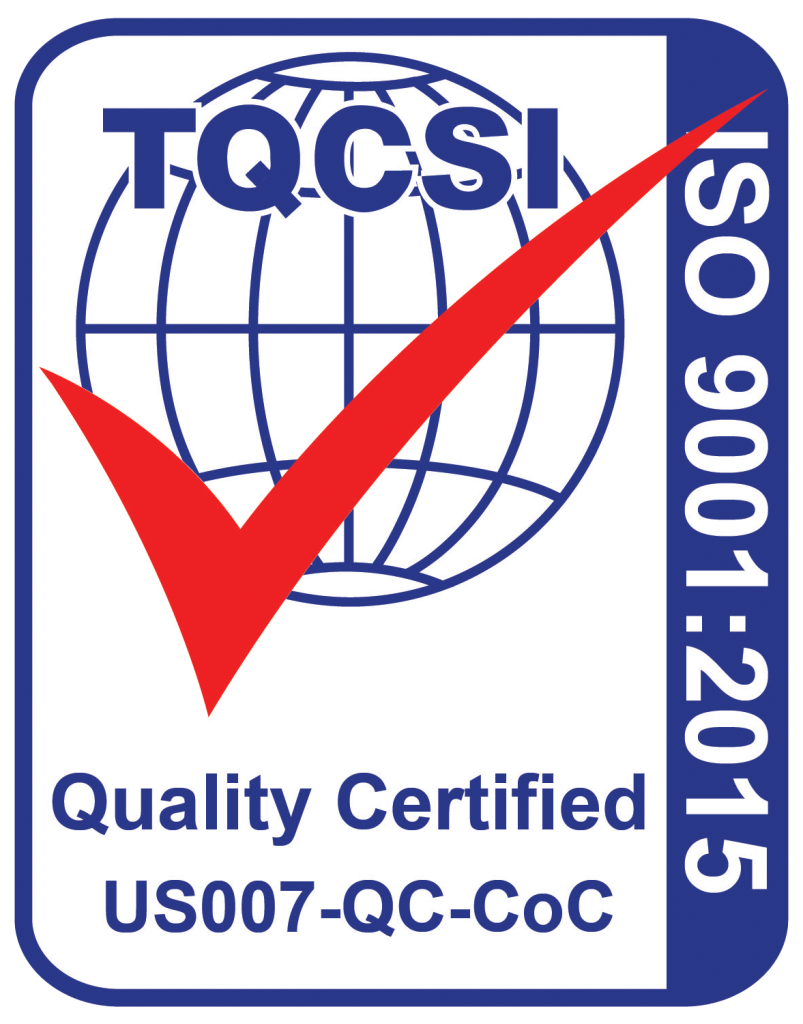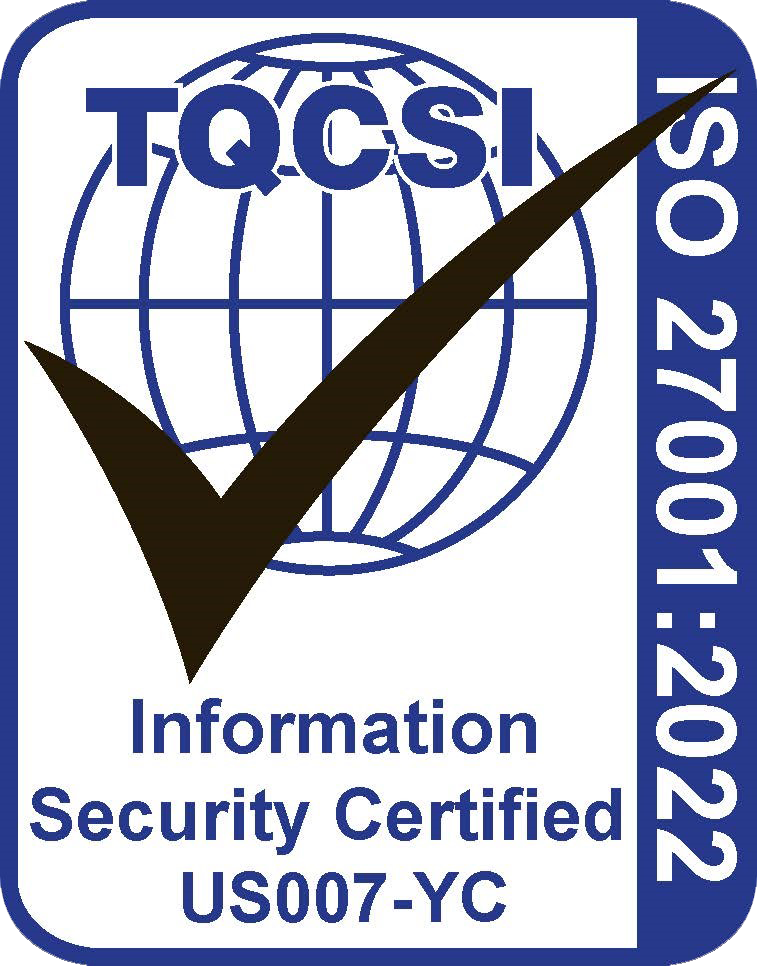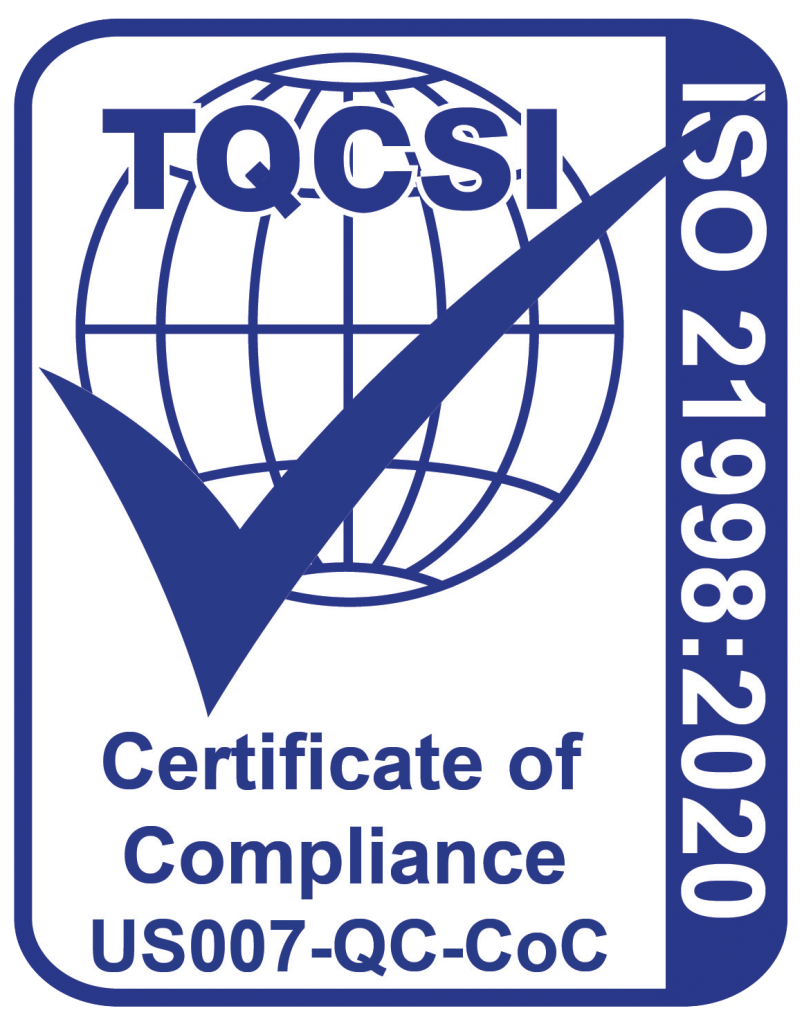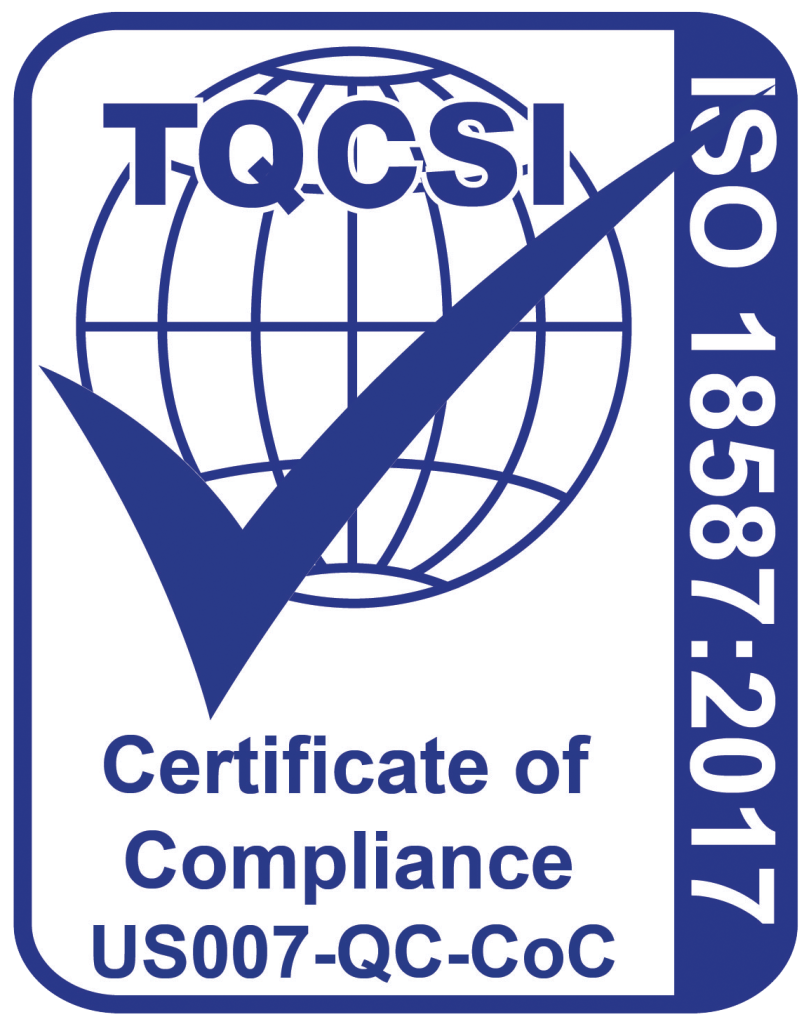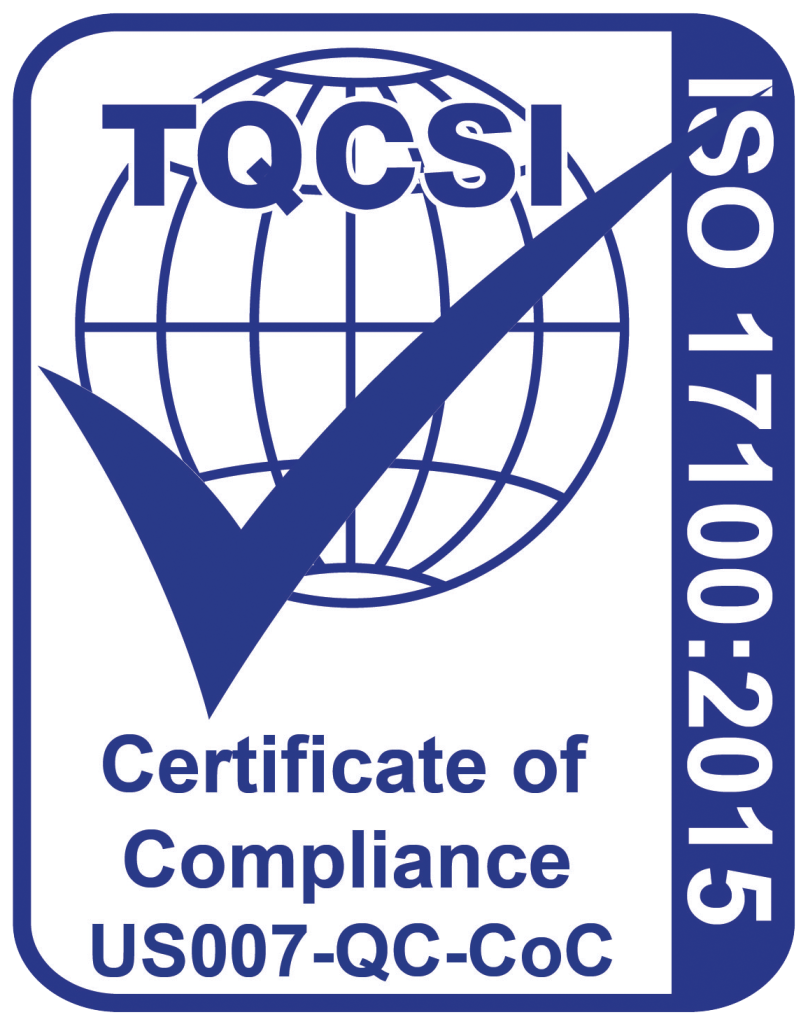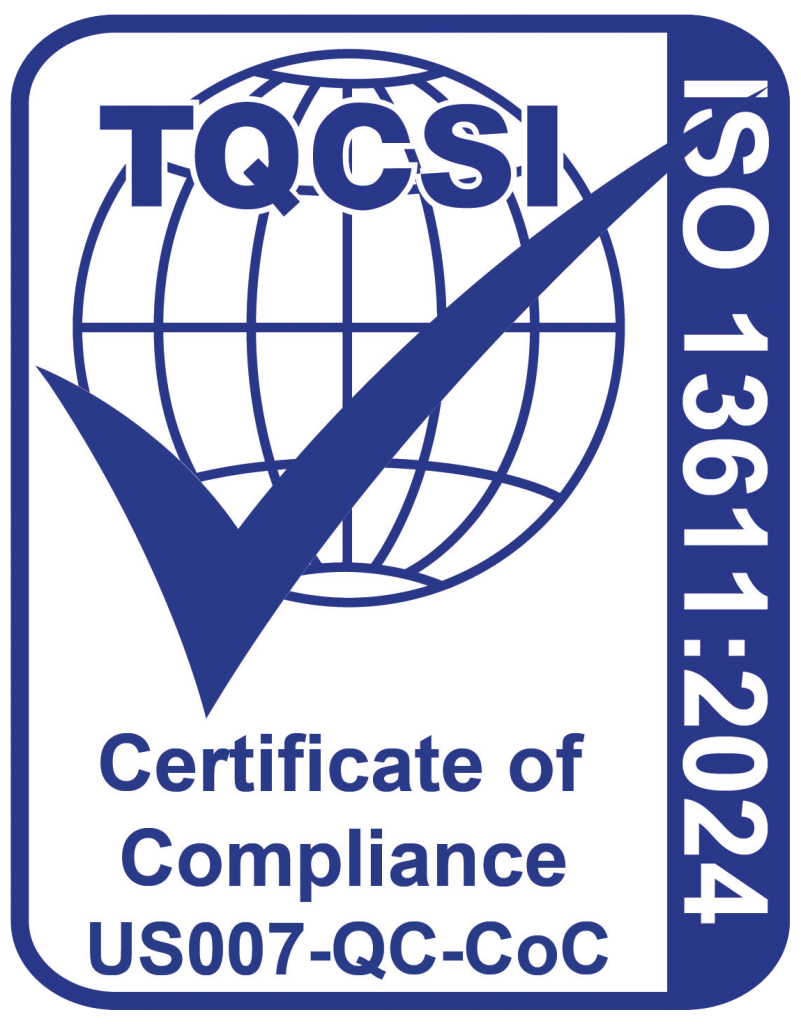The enhanced National CLAS Standards are intended to advance health equity, improve quality, and help eliminate health care disparities by providing a blueprint for individuals and health and health care organizations to implement culturally and linguistically appropriate services.
U.S. Department of Health and Human Services Office of Minority Health, 2013
Over the last three decades, the increase in numbers of patients whose first language is something other than English has been outstripping general population growth four to one. Correlating with the increased demand for services in other languages is an explosion of cultural diversity. In the push for health equity there have been ever-increasing legal, ethical, and professional incentives for health care organizations to provide “culturally and linguistically appropriate services” (U.S. Department of Health and Human Services Office of Minority Health, 2013) (Adelson, 2014). Training for health care providers (HCPs) in cross-cultural knowledge, strategies, and skills is a challenging proposition in a field where providers are already constrained for time.
There is consensus that staff cultural competency training can positively impact HCAHPS scores, reduce patient readmission rates, increase patient compliance, and enhance provider effectiveness. Therefore, the question is not whether cultural competency training should be provided, rather how quickly can staff learn and maintain an approach that can be effectively used in their interactions with patients from all kinds of diverse backgrounds?
This white paper serves to give an overview of the Patient Engagement Model, a threestage strategy for boosting the communication effectiveness of medical professionals, making their jobs easier while simultaneously enhancing the quality of care for patients regardless of their specific cultural background.
A few key standards that have emphasized the critical role of cultural competency in health care:
- 2001: National Standards for CLAS (OMH)
- 2010: The Affordable Care Act
- 2012: Patient-Centered Communication Standards (TJC)
- 2013: Enhanced National CLAS Standards (OMH)
- 2013: CMS ties hospital reimbursement to HCAHP scores via the ACA (CMS)
- 2014: Crosswalk connecting TJC standards with CLAS Standards (TJC)
CLAS = Culturally and Linguistically Appropriate Services
CMS = Centers for Medicare & Medicaid Services
OMH = Office of Minority Health
TJC = The Joint Commission
A study comparing 19,583 HCAHPS respondents from 66 hospitals found that hospitals with higher levels of cultural competence have better HCAHPS scores across 7 of the 10 dimensions, making a strong case for the benefits of cultural competency training for hospital staff. Only “one standard deviation of degree of cultural competency is associated with approximately 6-19 percentiles of hospital rank in HCAHPS” (Weech-Maldonado R., 2012). Not only does it benefit the hospital financially to have higher HCAHPS scores, as these are tied to hospital reimbursement, but also the data are reported publicly, thus tying the reputation of the hospital to its quality of patient care.
A health care encounter is centered on and enhanced by clear communication. Edward T. Hall, pioneer in cross-cultural communication, is often quoted as saying, “Culture is communication and communication is culture.” The correlation between culturally competent hospital staff and HCAHPS scores is a testament to Hall’s astute observation.
It has been a requirement of public hospitals that patients complete HCAHPS surveys since 2008. Results are reported publicly and hospital reimbursement from the Centers for Medicare & Medicaid Services is directly tied to the results. Almost all of these are DIRECTLY IMPACTED or HEAVILY IMPACTED by the degree of staff cultural competence.
Composite Topics
Nurse Communication (Q1, Q2, Q3)
Doctor Communication (Q5, Q6, Q7)
Responsiveness of Hospital Staff (Q4, Q11)
Pain Management (Q13, Q14)
Communication About Medicines (Q16, Q17)
Discharge Information (Q19, Q20)
Individual Items
Cleanliness of Hospital Environment (Q8)
Quietness of Hospital Environment (Q9)
Global Items
Overall Rating of Hospital (Q21)
Willingness to Recommend Hospital (Q22)
What does it mean to be Culturally Competent?
A provider delivering culturally competent health care “takes into account the context in which the patient lives, as well as the situations in which the patient’s health problems arise” (Spector, 2009). Outside of the health care environment, this competency may be referred to as Cultural Intelligence, or CQ, the “capability to function effectively across national, ethnic, and organizational cultures” (Dyne, 2008). It involves the intelligent application of cultural knowledge, strategies, and actions to build trust and communicate with a variety of patients. Included in cultural competency would be the expert use of interpreters with limited English proficient (LEP) patients (Golovine, 2014).
For health care professionals wanting to perform more effectively and efficiently, building CQ can have an immediate impact on patient engagement, compliance, and satisfaction, which in turn works to decrease unnecessary patient visits and avoidable readmissions.
The first step in becoming culturally competent includes becoming aware of culture as a critical domain to be understood. Health care systems across North America share common values, structures, customs, and approaches to addressing illness. This common set of core beliefs is known as biomedical culture (Galanti, 2008). In this culture, independence, autonomy, efficiency, and self-control are all highly valued. Communication is direct, and decisions are made using rational decision-making processes like differential diagnosis.
Seventy percent of the world’s cultures, being accustomed to more collectivistic, high-context, and sometimes more affective approaches, are on the other end of the scale in regards to many cultural dimensions when compared to North America’s biomedical standard (Livermore, 2010). This figure increases to over 95% among the cultures of LEP patients requiring interpreters in the United States. Patients from these cultures tend to prefer more indirect communication, relying heavily on body language and context in evaluating meaning and intent. These cultures tend to value solutions that take personal context into consideration rather than mechanically rational ones. They highly value family collaboration in treatment decisions and find biomedical efficiency often conflicts with their value of modesty (Galanti, 2008) (Spector, 2009). This fundamental understanding gives us what we need to formulate a strategy for building rapport and engaging patients of other cultures quickly and effectively, while having the flexibility to adapt to the individual situations.
An individual can no more be defined by his or her culture than a culture can be defined by the behavior of a single person. However, having knowledge of the various dimensions of culture and customs of specific cultures can help providers quickly assess and manage communication with individual patients. It works in much the same way that statistical analysis is used in differential diagnosis. The degree to which individuals within a cultural group differ in behavior, beliefs and values may be minimal or extreme, but providers with some cultural knowledge have a starting point for comparison (Galanti, 2008).
The Patient Engagement Model (PEM) incorporates calibration with individual patients as a second step.
The Patient Engagement Model: An Overview
The Patient Engagement Model was announced at the 2012 International Language Services Conference, an event that has been hosted at the Texas Medical Center every year since 2011. The model is a simple training tool that outlines the process by which HCP may effectively incorporate cultural intelligence into medical encounters with all patients, regardless of their cultural background. It is a blend of best practices in intercultural communication and is designed to facilitate the provider’s end-goal of effectively and efficiently addressing illness.
The PEM consists of three stages: Approach, Calibrate, and Engage. The acronym ACE serves as a memory aid, and the stages are broken down into a total of 9 steps. By following the ACE stages, medical professionals quickly develop patient trust, elicit key information from patients, and effectively communicate medical interventions in a way that will improve patient compliance. When challenges arise, simply revisiting the previous step can present the desired solution.
Approach
- Look outward
- Model caring relationship
- Be mindful
Calibrate
- Determine characteristics
- Mirror
Engage
- Use understanding
- Transfer critical information
Stage One: Approach
The PEM’s first stage happens before the patient interaction. It involves preparing oneself to be alert to internal interference, empathetic in expression and demeanor, and aware of the present situation.
1. Avoid Reciprocity of Perspective
Reciprocity of perspective, also known as Compassion fundamental attribution error, is attributing the behavior to motives based on our own internal biases rather than other possibilities. We do this when we label people rude or uncooperative without making the effort to analyze external factors such as cultural customs, socioeconomic status, and health literacy. When we hear or see language or behaviors that seems strange, rude, or even uncooperative, we should remember that the patient is there for the same reason as the provider—to treat the illness (Angelelli, 2004). Being mindful of internal biases, the astute provider will ask the question, “I wonder why that happened?” and maintain the frame of mind necessary to carry out the next two steps (Livermore, 2010).
A few examples of situations in a medical encounter that may potentially elicit common internal biases in providers include:
- Unexpected responses to diagnostic questions, especially those related to excretory or sexual habits (Angelelli, 2004) (Galanti, 2008)
- Unexpected levels of expressiveness, especially in response to pain (for example, Koreans tend to be much less expressive about pain than Puerto Ricans while Anglo-Americans fall somewhere in between for their expressiveness) (Fontes, 2008)
- Unexpected beliefs as to the “normal” diagnosis and treatment of illness (Spector, 2009)
- Difficulty in using tools such as a numeric pain scale (Fontes, 2008)
- Observing body language or other non-verbal communication that appears to run contrary to the words spoken (Brislin, 1996)
- Unexpected input and involvement from family members (Angelelli, 2004)
- Unexpected responses to “bad news” such as a diagnosis of cancer or the need for palliative care
2. Be ready to display Care, Concern, Respect, and Compassion
The relationship of trust between a provider and a patient is of paramount importance. Without it, a provider faces a barrier in getting needed information from the patient and is unlikely to get buy-in from the patient in following a treatment plan. As Claudia Angelelli points out in her book Medical Interpreting and Cross-Cultural Communication, in an ethno-graphic study of a bilingual hospital:
The most important communication skills for an HCP in the cross-cultural setting are those that assist in patient assessment and elicitation skills to understand the patient’s perspective of symptoms and explanatory health-belief models.
It has been consistently shown that those who demonstrate care, concern, respect, and compassion in their facial expressions, demeanor, and engagement, are more likely to build strong rapport, which is a requisite condition for trust. Being conscious of displaying care, concern, respect, and compassion puts us in the right frame of mind for better overall communication in the encounter (Zoppi, 2002).
The appropriate collaboration with interpreters in communicating with LEP patients is another clear way to reflect rapport-building qualities and enhance understanding between parties (U.S. Department of Health and Human Services, 2014) (The Joint Commission, 2014).
Working with Interpreters
The article Four Habits of Expert Doctor-Communicators elaborates on the collaboration with who is considered one of the health professional’s biggest allies in cross-cultural encounters with LEP patients, the interpreter.”
“Professional interpreters are bound by laws covering confidentiality and a code of ethics that additionally guarantees transparency and accuracy.”
“When using an interpreter, doctor-communicators speak directly to and maintain engagement with their patient. The interpreter takes care of the language barrier, but also provides insights on cultural considerations when needed.”
“One observation on the effectiveness of a series of workshops given to physicians in Geneva, Switzerland on the use of interpreters noted that there was an increase in patient-centeredness and cultural awareness.”
Golovine, 2014
There may be an additional need to “warn the interpreter prior to the meeting if sensitive information is to be discussed.”
Schapira, 2008
3. Maintain situational awareness
Mindfulness is another term often used to describe the state of maintaining situational awareness (Zoppi, 2002); it is a heightened sense of focus on the task at hand. In a patient encounter, the first layer of analysis involves gathering data through patient communication.
A provider in a state of situational awareness will be primed to look at and listen to the patient, noting avenues for building rapport, and quickly determining key patient values and cultureinfluenced communication preferences.
Stage Two: Calibrate
The PEM’s second stage begins with the patient interaction. This is the implementation of strategies for building rapport and understanding the patient’s perspective of symptoms and their beliefs regarding health. Steps one and two should occur simultaneously.
1. Determine characteristics (apply cultural knowledge)
A mindful provider, already cognizant cognoscente of the need for understanding a specific patient’s health beliefs and values, will be also be engaging in the same kind of analysis on a cultural level that he/she engages in during differential diagnosis, making comparisons to his/her existing knowledge about the beliefs, customs, and traits of the patient’s cultural affiliations. This will aid him/her in communicating in a way most comfortable to the patient. When the PEM is used as a training tool, health care professionals are given an overview of several dimensions of culture including communication styles, degree of individualism, religious beliefs, and health beliefs. Using these as a basis for analysis, providers can quickly identify and successfully handle barriers to care (Foley, The Cultural Competency Toolkit, 2014).
As is the case when diagnosing illness, calibrating to a patient’s culture and communication style should begin with general, open-ended questions. Closed-ended questions should be reserved until sufficient context has been gleaned and rapport has been established (Groopman M.D., 2007).
What kinds of open-ended questions can a provider ask that both draw out critical cultural and subsequent symptomatic information? According to Geri-Ann Galanti in her book Caring for Patients from Different Cultures, those types of open-ended questions can include:
- What do you think is wrong?
- What do you think caused the problem?
- What have you done to cope?
- What concerns do you have about your problem?
- What concerns do you have about my recommended treatment?
2. Mirror patient’s communication style
Mirroring is a technique used in negotiations to build rapport and create an atmosphere of trust. It communicates trust and familiarity and allows providers an opportunity to shorten the time it takes to build rapport. Already primed to display care, concern, respect, and compassion, a provider can pay careful attention to the patient’s expressions, voice, body language, eye gaze and the distance which the patient prefers to keep when talking. One way personal space can be quickly gauged is noting the distance the interpreter keeps from the patient.
Appropriate mirroring is not mimicry or overt copying of another person’s movements or behaviors. It is a natural human behavior that can be consciously activated and involves the subtle matching of a person’s state.
Stage Three: Engage
The final stage in the PEM is used once rapport has been built and an atmosphere of trust pervades the encounter. Engagement is a health care professional’s skillful application of cultural knowledge as well as his/her meaningful recognition of a patient’s health beliefs, values, and communication style.
1. Use Understanding of the patient’s communication style and values to proceed with the remainder of the meeting
Galanti (2008) uses the example of Jorge Valdez, a middle-aged Latino patient with diabetes. When his physician explained that he would need to take insulin, his response was, “No insulin, no insulin.” The physician asked what concerns he had about using insulin and learned that both his mother and uncle had gone blind after they started use the hormone (Galanti, 2008). It is not an unusual connection for collectivistic, high-context thinkers to give high value to the personal experiences of people in their in-groups, particularly family members. The physician remained non-judgmental about the behavior of rejecting insulin, aware that there must be a reason, investigated the underlying issue and adroitly worked to allay Mr. Valdez’ fears.
2. Re-calibrate as needed
In Galanti’s example above, the physician asked about the patient’s concerns related to the use of insulin. This is a similar question to that suggested in the Calibrate stage, specifically the Determine the characteristics step: What concerns do you have about your problem? This is a perfect example of re-calibration. Here a new or unexpected issue arose and the physician responded by first collecting more contextual information. Providers using the PEM should circle back and forward between stages two and three as necessary, becoming more effective in solving unexpected communication and cultural complications.
Conclusion
The shift in demographics of patients over the last three decades has made the need for enhanced cultural intelligence in health care a necessity. The regulatory and legal environment has further emphasized this, making cultural competency training a priority for health care systems. The Patient Engagement Model is a tool designed to make the lives of hospital staff, particularly providers, easier while simultaneously enhancing the quality of care for all patients regardless of their specific cultural background. Used as a training tool and guide for negotiating the cultural aspects of a patient interview, it fuses with cultural knowledge to help physicians, nurses, and other professionals to effectively and efficiently address illness, increase patient satisfaction, and elicit patient compliance.
References
Adelson, B. (2014). Informed Consent Comes With Effective Language Assistance. Washington D.C.: Federal Compliance Consulting, LLC.
Angelelli, C. V. (2004). Medical Interpreting and Cross-Cultural Communication. New York, NY: Cambridge University Press.
Brislin, R. W. (1996). Intercultural Interactions: A Practical Guide (Second ed.). Thousand Oaks, CA, USA: Sage Publications.
Centers for Medicare & Medicaid Services. (n.d.). The HCAHPS Survey – Frequently Asked Questions. Retrieved February 17, 2015, from CMS.gov: http://www.cms.gov/Medicare/Quality-InitiativesPatient-Assessment-Instruments/HospitalQualityInits/downloads/ HospitalHCAHPSFactSheet201007.pdf
Dyne, S. A. (Ed.). (2008). Handbook of Cultural Intelligence: Theory, Measurement, and Applications. New York, NY, USA: Armonk.
Foley, R. (2012). The Blurry Line: Intercultural Interpreting in Health Care. 1st International Language Services Conference Program. Houston: MasterWord Services, Inc. and Memorial Herman-Texas Medical Center.
Foley, R. (2014, May 13). The Cultural Competency Toolkit. MWS Workshops and Seminars . Houston, Texas, USA: MasterWord Services.
Fontes, L. A. (2008). Interviewing Clients across Cultures: A Practitioner’s Guide. New York, NY: The Guildford Press.
Galanti, G.-A. (2008). Caring for Patients from Different Cultures (Fourth Edition ed.). Philadelphia, PA, USA: University of Pennsylvania Press.
Goleman, D. (1998). Working with Emotional Intelligence. New York, NY, USA: Bantam Dell.
Golovine, M. (2014, May 20). Four Habits of Expert Doctor-Communicators. The Huffington Post , p. 1.
Groopman M.D., J. (2007). How Doctors Think. New York, NY, USA: Houghton Mifflin Company.
Gropper, R. C. (1996). Culture and the Clinical Encounter: An Intercultural Sensitizer for the Health Professions. Yarmouth, MN, USA: Intercultural Press, Inc.
Hall, E. T. (1959). The Silent Language. Garden City, NY, USA: Doubleday.
Kosoko-Lasaki, S. C. (2009). Cultural Proficiency in Addressing Health DIsparities. Sudbury, MA: Jones and Bartlett Publishers, LLC.
Livermore, D. A. (2010). Leading with Cultural Intelligence: The New Secret to Success. New York, NY, USA: AMACOM.
National Quality Forum. (2008). Endorsing a Framework and Preferred Practices for Measuring and Reporting Culturally Competent Care Quality. Washington, DC, USA: National Quality Forum.
Schapira, L. e. (2008). Lost in Translation: Integrating Medical Interpreters into the Multidisciplinary Team. The Oncologist , 13:586.
Spector, R. E. (2009). Cultural Diversity in Health and Illness (Seventh ed.). Needham, MA: Pearson Education, Inc.
The Joint Commission. (2014). A Crosswalk of the National Standards for Culturally and Linguistically Appropriate Services (CLAS) in Health and Health Care to The Joint Commission Hospital Accreditation Standards. Oakbrook: The Joint Commission.
U.S. Department of Health and Human Services. (2014, April 24). Enhanced National CLAS Standards. Retrieved January 16, 2015, from U.S. Department of Health & Human Services: Office of Minority Health: https://www.thinkculturalhealth.hhs.gov/Content/clas.asp
U.S. Department of Health and Human Services Office of Minority Health. (2013, April 24). National Standards for Culturally and Linguistically Appropriate Services (CLAS) in Health and Health Care: The Case for the Enhanced National CLAS Standards. Retrieved February 17, 2015, from Think Cultural Health: https://www.thinkculturalhealth.hhs.gov/Content/clas.asp
Weech-Maldonado R., E. M. (2012). Can Hospital Cultural Competency Reduce Disparities in Patient Experiences with Care? Medical Care, 50(0), S48-S55.
Zoppi, K. a. (2002). Is communication a skill? Communication behaviors and being in relation.

